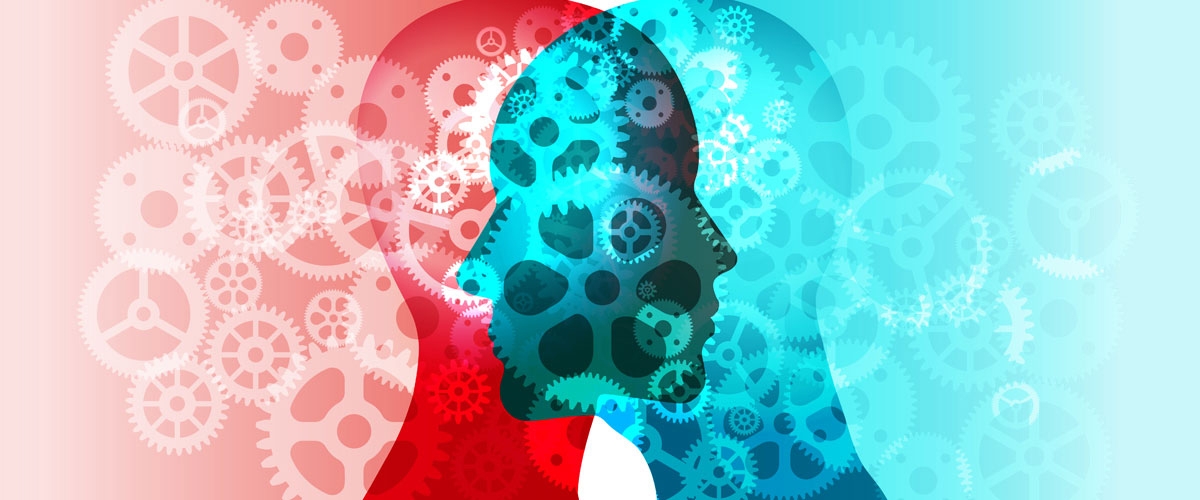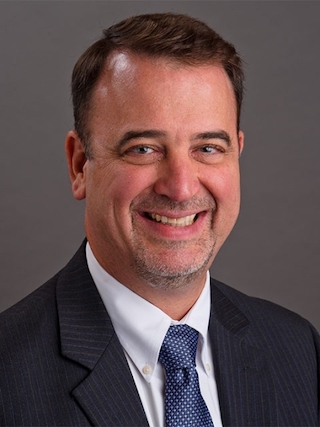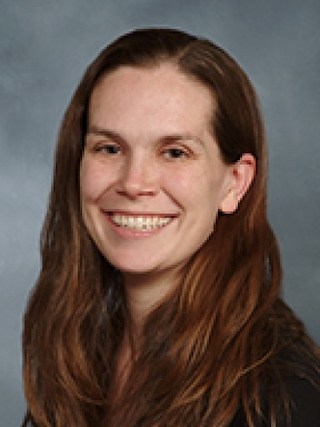Understanding Autism: What to Know About the Symptoms, Treatments, and Rise in Cases
Experts from NewYork-Presbyterian’s Center for Autism and the Developing Brain explain how we see autism today and why more children are being diagnosed.


The number of children diagnosed with autism spectrum disorder continues to rise, according to the latest report released by the Centers for Disease Control and Prevention (CDC). Between 2018 and 2020, an estimated 1 in 36 (2.8%) 8-year-olds were identified as having autism, an increase from 1 in 44 (2.3%).
The latest statistics continue an upward trend of autism cases since the CDC began collecting and tracking data in 2000, but it doesn’t necessarily mean that the condition is becoming more common. Rather, it is more likely an indication that awareness, screening, and diagnostic criteria have improved over the years.
“We’re constantly improving the way that we identify autism,” said Dr. Stephen M. Kanne, director of the NewYork-Presbyterian’s Center for Autism and the Developing Brain. “As we learn more and more about what autism is and how to identify and diagnose it, our understanding is getting better. As a result, we’re identifying more people with the disorder appropriately, and that contributes to the rise in prevalence.”
According to the CDC, autism is “a developmental disability caused by differences in the brain.” People with autism have communication differences and may have restrictive interests and repetitive behaviors. Autism is known as a spectrum disorder because there is such a wide variation of symptoms and severity, making the condition unique to each individual.
Here’s what to know about how we currently understand autism, including symptoms and approaches to intervention.

Dr. Stephen Kanne
The tools to diagnose autism have evolved and improved.
Diagnosing autism involves a complex series of evaluations. This includes observations of the individual, interviews with family members, and for school-age children, reports from their teachers and measures of other abilities, such as intellectual functioning, language, and everyday living skills. Clinicians rely on a battery of tests, including the Autism Diagnostic Observation Schedule, 2nd Edition (ADOS-2) and Autism Diagnostic Interview, Revised (ADI-R).
“There’s no simple blood test for it, but the behavioral diagnosis is reliable for kids as young as age 2,” says Dr. Kanne. “We are able to identify kids beyond the ones with the most severe challenges.”
Autism is defined by two core symptoms — but looks different for everyone.
According to Dr. Kanne, there are two main areas that clinicians look at when evaluating for autism. The first is social communication, which includes the “ability to understand verbal communication and nonverbal cues, and to make friends and relationships,” says Dr. Kanne. “The other core symptom is difficulty with engaging in their environment.” Those difficulties often manifest as behaviors that impair daily life, and can be repetitive in nature, demonstrate rigidity, or result in restricted areas of interest.
Challenges in those areas present differently depending on the individual. Some people with autism are non-speaking, while others can speak, but have a hard time forming social connections. Autistic individuals can have cognitive differences, be it intellectual disabilities or high IQs. Some people may flap their hands, enjoy spinning, or be sensitive to noises or textures. But no matter the presentation, those with autism all have challenges in communication and adaptive skills.
“In treatment, our goal is to teach skills across all areas of development and really recognize that each individual has a profile of different strengths and areas of challenge,” says Dr. Jamie Winter, clinical director at NewYork-Presbyterian’s Center for Autism and the Developing Brain.
Autism is not a linear spectrum.
In the past, people have labeled those with autism as low-functioning or high-functioning. But Dr. Kanne says that contributes to a misconception about the condition. “The way we think about autism now is not a linear progression of less to more autistic,” he says.
Instead, clinicians view autism as a multi-dimensional profile. “We may look at someone and say, ‘intellectual functioning in this range; language skills are in this range; they have this genetic disorder.’ And we write out all the different things that might help flesh out what the profile of strengths and weaknesses are. It’s a misinterpretation of a person’s skills to simply call it high or low functioning.”
Another term people often hear are the “level” of autism, as defined in the latest edition of the Diagnostic and Statistical Manual of Mental Disorders (DSM-5). “What’s interesting is that the levels aren’t supposed to indicate severity of autism,” explains Dr. Kanne. “They’re supposed to indicate what level of support the individual may need. When you think about it that way, that’s totally different from severity, because that includes their language, IQ, adaptive skills, and where support is needed the most.
“That’s what we think of as a spectrum now, not high or low, but more, ‘OK, where are your strengths and weaknesses within this full gamut of different things that we look at.’”
Treatment is not one size fits all.
While it may be daunting to receive an autism diagnosis, the good news is that there are many resources, services, and evidence-based therapies that can improve outcomes. The important point to remember is that there isn’t one blanket treatment. Skilled clinicians take a personalized approach centered around a person’s and family’s goals. Says Dr. Winter: “We ask: ‘What do you want as an individual? What do you as a parent want? Let’s figure out intervention or support that best meets your needs as an individual and as a family.”
Depending on the needs, the clinical team can include: a developmental pediatrician for children, a psychiatrist, a speech therapist, an occupational therapist, a physical therapist, a social worker, and a behavioral therapist.
“It takes an understanding and a caring approach that is much more comprehensive,” says Dr. Kanne.

Dr. Jamie Winter
Support, including behavior therapy, continues into adulthood.
“At the Center for Autism and Developing Brain, we see patients across the full lifespan, because autism is a lifelong disorder.” says Dr. Winter, who is a board certified behavior analyst (BCBA).
For young children diagnosed with autism, behavior therapy can help teach them developmentally appropriate skills, such as counting or holding a utensil. Dr. Winter says that therapy can be woven into regular family routines and playtime. “We embed teaching opportunities into routines that families are already doing,” she says. “So, if it’s snack time, and we know one of the goals we’re working on is counting, then maybe we count the crackers together.”
But understanding behavior and identifying treatments don’t end in childhood. “As people get older, we would shift and adjust how that treatment is being delivered,” she says. “That could include interventions such as social skills groups or job skills training.”
Several evidence-based treatments for autism are informed by principles of Applied Behavior Analysis (ABA). ABA, the science of analyzing behavior to make meaningful change, itself is not a treatment. And behavior principles used in interventions for autism are the same strategies that people apply in their everyday lives. For parents of toddlers, this can look like using sticker reward charts to help teach toilet training. For adults, it could be as simple as saying thank you after someone does something nice. In both of these cases, it’s a form of positive reinforcement.
“We’re all using those principles in our own lives to influence our interactions with people all day long,” says Dr. Winter. “That’s a really important point for people to understand — that ABA is not a treatment and it’s not something special just for people with autism.”
Dr. Kanne stresses that as autism has become better understood and reframed, “We have to make sure we’re respectful of neurodiversity, while providing resources for those in need of help and support.”
Stephen M. Kanne Ph.D., is the director of the Center for Autism and the Developing Brain and an assistant professor of Psychology in Clinical Psychiatry (interim) at Weill Cornell Medicine. Dr. Kanne’s current research interests focus on children with autistic spectrum disorders, targeting diagnostic tools, outcome measures, behavioral phenotyping, co-occurring symptoms, evidence-based therapies, and subthreshold symptoms. In addition to publishing in the areas of autism, Dr. Kanne has also published in the areas of cognitive neuropsychology, history of neuropsychology, and pediatric traumatic brain injury. Dr. Kanne is board certified in Clinical Neuropsychology.
Additional Resources
Learn more about NewYork-Presbyterian’s Center for Autism and the Developing Brain

